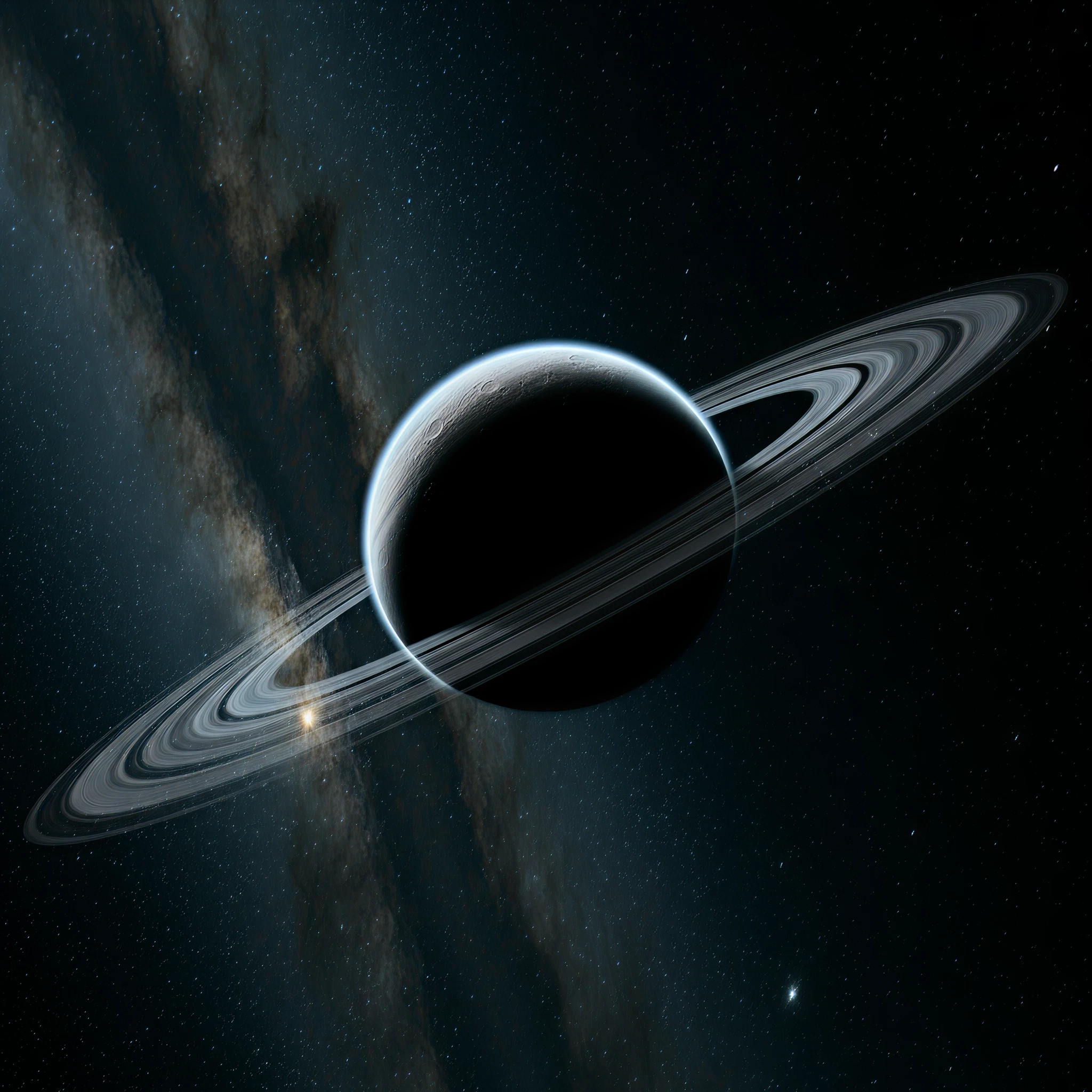The vast expanse of our solar system holds countless celestial treasures, and the Kuiper Belt, the icy outer realm beyond Neptune, is one of the most intriguing regions. Among its many fascinating residents, the dwarf planet Quaoar stands out as an enigmatic and captivating object. Join us as we explore Quaoar’s discovery, unique features, and its ongoing significance in space research.
Discovery and Naming
Quaoar was first discovered on June 4, 2002, by astronomers Chad Trujillo and Michael Brown at the Palomar Observatory in California. Its discovery was a significant milestone in our exploration of the Kuiper Belt. The name “Quaoar” (pronounced KWAH-o-ar) originates from the mythology of the Tongva people, the indigenous inhabitants of the Los Angeles Basin. Quaoar is a deity in Tongva mythology, believed to have sung and danced the world into existence. The name reflects a broader effort to honor indigenous cultures within astronomy.
Physical Characteristics of Quaoar
At approximately 1,110 kilometers (690 miles) in diameter, Quaoar is about half the size of Pluto and is classified as a dwarf planet. This places it in the upper range of Kuiper Belt objects in terms of size. Quaoar’s surface is thought to be composed predominantly of water ice, with traces of methane and other volatiles. This icy composition gives Quaoar a pale, reflective appearance.
What’s particularly fascinating is its relatively low density, suggesting that Quaoar is less rocky than Earth-like planets. This composition is typical of many Kuiper Belt objects, which are made up of primordial materials originating from the solar system’s early days.
Orbit and Location
Quaoar follows an elliptical orbit within the Kuiper Belt, one of the solar system’s most mysterious and least explored regions. It lies at an average distance of 43 AU (astronomical units) from the Sun, meaning it is roughly 43 times farther from the Sun than Earth. For perspective, light from the Sun takes nearly six hours to reach Quaoar!
Its orbital period is approximately 286 years, meaning a single year on Quaoar lasts nearly three centuries on Earth. This slow, distant orbit exemplifies the tranquil yet enigmatic nature of Kuiper Belt objects.
Rings and Potential for Moons
One of Quaoar’s most surprising and groundbreaking discoveries came in 2023 when astronomers detected a ring system surrounding the dwarf planet. Rings are not uncommon in the solar system, but what makes Quaoar’s ring unique is its location. Most planetary rings exist within their parent body’s Roche limit, a distance where tidal forces prevent the material from coalescing into moons. However, Quaoar’s ring lies well beyond its Roche limit at approximately 7.4 times the dwarf planet’s radius, defying established models of ring formation.
Quaoar is also known to have at least one confirmed moon, named Weywot after another Tongva deity. Weywot orbits Quaoar at a significant distance, further reinforcing the complexities of this small world’s gravitational dynamics.
Quaoar vs. Pluto
When comparing Quaoar to Pluto, the most famous Kuiper Belt resident, several key differences emerge:
- Size: Pluto is nearly twice the diameter of Quaoar, making it significantly larger and more massive.
- Orbit: While both orbit within the Kuiper Belt, Pluto’s orbit is more eccentric and occasionally crosses Neptune’s path, unlike Quaoar’s more stable trajectory.
- Classification: Both are classified as dwarf planets, but Pluto holds the added distinction of being the prototype of its category, while Quaoar has largely remained in Pluto’s shadow.
Despite these differences, both objects share icy compositions and serve as windows into the early formation of our solar system.
Exploration and Research
While no spacecraft has visited Quaoar, its discovery and subsequent observations have opened new doors in planetary science. Researchers continue to study Quaoar using ground-based telescopes and space observatories to uncover more about its composition, orbit, and elusive ring system. The unexpected location of its ring has provoked scientists to revisit fundamental theories about the behavior of planetary rings and moon formation.
Future missions to the Kuiper Belt, like potential follow-ups to NASA’s New Horizons spacecraft, could provide an unprecedented opportunity to explore Quaoar up close. Such missions would enhance our understanding of not only Quaoar but the broader Kuiper Belt as a whole.
Why Quaoar Matters
Quaoar might seem like just another icy body in the vastness of space, but it serves a vital role in advancing our knowledge of the outskirts of the solar system. It challenges traditional assumptions, like the Roche limit’s rules for rings, while reinforcing the diversity of planetary systems. By studying Quaoar and other similar celestial objects, scientists can piece together the early history of our solar system and refine models of planetary formation.
Become an Explorer of the Cosmos
Quaoar’s story is far from over. With each new observation, we uncover another layer of complexity and wonder about this distant dwarf planet. To stay informed about Quaoar and the latest updates in planetary science, follow our blog for curated insights and breaking discoveries. Whether you’re an astronomy enthusiast or a professional in the field, Quaoar invites all of us to look up and ask, “What else is out there?”








